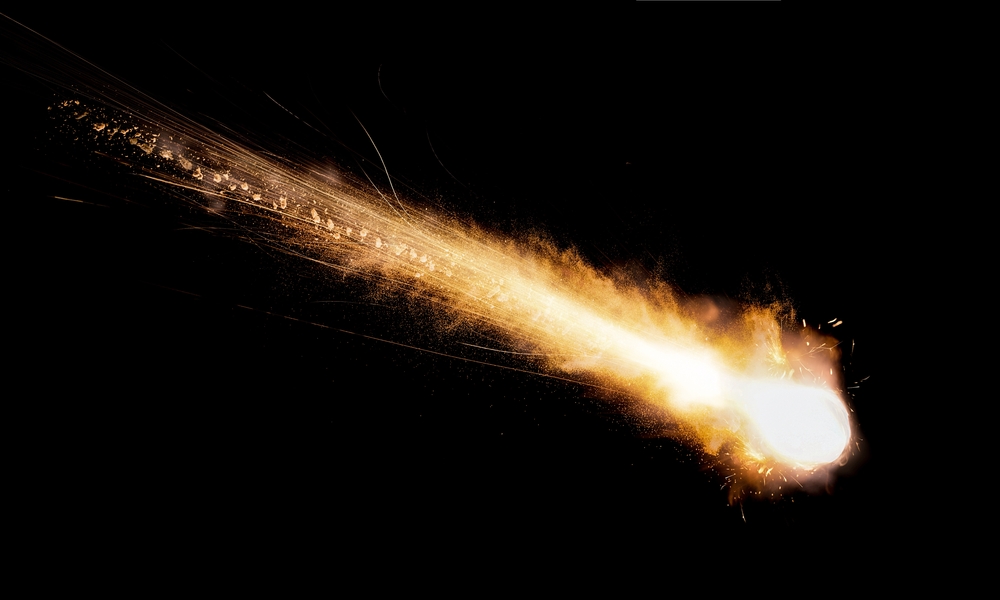Meteorites serve as time capsules from the early Solar System, preserving information dating back billions of years. When these space rocks crash into planets, shockwaves alter their structure, leaving telltale signs of the impact. However, scientists have long noticed that meteorites containing carbon appear to undergo less visible damage compared to their carbon-poor counterparts. This puzzling observation has prompted a deeper investigation into how different meteorite types respond to planetary collisions.
A new study has revealed that carbon-rich meteorites appear less shocked, not because the impacts were weaker, but because the evidence of the shock may be expelled back into space. This finding resolves a lingering scientific mystery and changes how meteorite shock histories are interpreted. The implications go beyond Earth, potentially shaping how we understand materials found on other planetary bodies, including dwarf planets like Ceres.
Exploring Meteorite Shock Stages and Carbon’s Influence on Impact Evidence and Classification
Chondrites, a type of stony meteorite, are crucial for understanding the early Solar System. They are categorized into different shock stages, from S1 to S6, based on how damaged their minerals appear post-impact. Carbonaceous chondrites, a subgroup rich in carbon and sometimes water, often exhibit signs of lower shock levels even when they may have experienced intense collisions. This discrepancy suggested that traditional shock classifications might be missing part of the picture for certain meteorite types.

To investigate this phenomenon, researchers designed an experiment using a high-speed two-stage light gas gun. They simulated meteorite impacts using samples with and without carbon and analyzed the gases released during these collisions. The results showed that carbon-containing meteorites produce extremely hot carbon monoxide and carbon dioxide, creating enough force to eject shock-affected material from the surface and into space, essentially erasing the evidence of high-impact collisions.
Carbon’s Role in Meteorite Shock Signatures and Implications for Future Space Missions
This new understanding highlights the role of carbon in shaping meteorite impact signatures. According to astrophysicist Kosuke Kurosawa, the intense chemical reactions triggered by impacts on carbon-rich meteorites can lead to explosive forces that remove the most affected rock fragments. This phenomenon does not occur in meteorites without carbon, explaining why the latter retain more visible signs of shock.
Carbonaceous chondrites are relatively rare on Earth but are known to exist on other celestial bodies, including Ceres. Because of Ceres’ stronger gravity, it may retain much of the shocked material ejected from chondritic impacts. This makes it a prime candidate for future space missions aimed at collecting samples. Since these meteorites contain organic compounds, studying them could offer new insights into the origins of life and the evolution of the Solar System.


